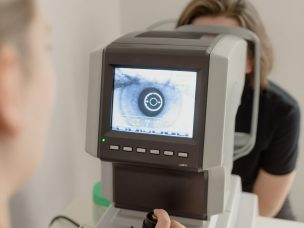Convolutional neural networks (CNN) are a type of deep learning neural network that is most often used to evaluate visual imagery. Detection of Apoptosing Retinal Cells (DARC) is a technique that uses laser ophthalmoscopy to create images of the retina. This study focuses on using a CNN DARC algorithm to predict subretinal fluid formation in individuals with wet age-related macular degeneration (AMD).
The study used CNN to analyze DARC, baseline, and optical coherence tomography (OCT) images. The images were taken from phase 2 clinical trials, and 29 eyes were used in total. The researchers found that a CNN DARC count greater than five at baseline was significantly related to the development of new subretinal fluid throughout 36 months. DARC was able to identify the earliest stages of angiogenesis in-vivo.
The researchers concluded that DARC can predict new wet AMD activity. By using OCT-CNN-based techniques, DARC can identify early endothelial neovascular activity, which was confirmed by rabbit studies. The use of DARC in this domain requires more data but shows the potential role of DARC as a biomarker of wet AMD development [1].
Source:
[1] Corazza, P., Maddison, J., Bonetti, P., Guo, L., Luong, V., Garfinkel, A., Younis, S., & Cordeiro, M. F. (2020). Predicting wet age-related macular degeneration (AMD) using DARC (detecting apoptosing retinal cells) AI (artificial intelligence) technology. Expert Review of Molecular Diagnostics, 21(1), 109–118. https://doi.org/10.1080/14737159.2020.1865806










